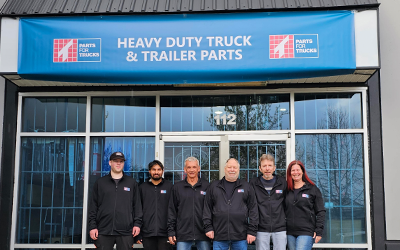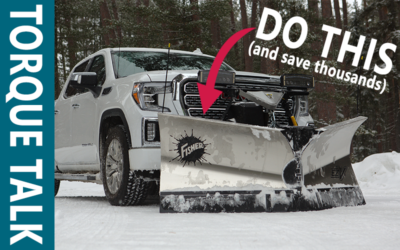Foolproof Advice for Wheel Bearing Installation
By: Parts for Trucks

In the world of machinery and engineering, the longevity and reliability of bearings are paramount. Bearings serve as the unsung heroes, silently carrying the burden of facilitating motion and reducing friction in countless applications. However, dirt and moisture, like silent saboteurs, can undermine the effectiveness of these vital components. In this context, we will delve into strategies to protect bearings from their arch-nemeses, dirt, and moisture, and explore the crucial steps to ensure a smooth bearing installation process.
Protecting Bearings from Dirt and Moisture:
Bearings in their pristine state are designed to perform flawlessly, but their vulnerability to contamination is undeniable. Here are some essential guidelines to safeguard your bearings from the threats of dirt and moisture:*
1. Maintain the Sanctity of Packaging: The journey of a bearing begins in its protective packaging. To ensure the integrity of the bearing, resist the urge to remove it from its protective sleeve before you’re ready. Only open the bag when you are fully prepared for installation. This practice shields it from dust, debris, and humidity that might otherwise infiltrate.
2. Clean Hands, Pristine Bearings: Your hands can inadvertently introduce contaminants to the bearing’s surface. Before handling new bearings, it’s important to clean your hands thoroughly. Even tiny particles can have an impact on a bearing’s lifespan.
3. Choose Clean Surfaces: If you need to set a bearing down before installation, be mindful of where it lands. Placing it on clean paper is far superior to resting it on old rags or your tool chest, which could harbor dirt, grease, or other foreign substances that might adhere to the bearing.
4. Protective Coating: Manufacturers often apply protective coatings to bearings to shield them during storage and transportation. Avoid the temptation to prematurely remove this coating unless it becomes contaminated. It serves as an extra layer of defense against moisture and external particles.
Remember, the battle against dirt and moisture may seem subtle, but its consequences can be dramatic. Protecting bearings from these adversaries is not just a best practice; it improves the durability and performance of your machinery. Attention to detail pays off in the form of extended bearing life and smoother operations.
Belts Don’t Last Forever
Proactive belt inspections prevent downtime. Choose the right fan belt for seamless, reliable vehicle performance.
Parts for Trucks Inc. announces acquisition of Trailine Trailer Parts in Surrey, BC.
Hey Vancouver (well Surrey technically), meet Parts for Trucks!
Mistakes EVERYONE Makes when Putting Away their Fisher Equipment for the Summer
If you’re tired of dealing with rusted components or damaged belts when you take out your plow after a long summer of storage, this video is for you. Don’t make the same mistakes as everyone else.





